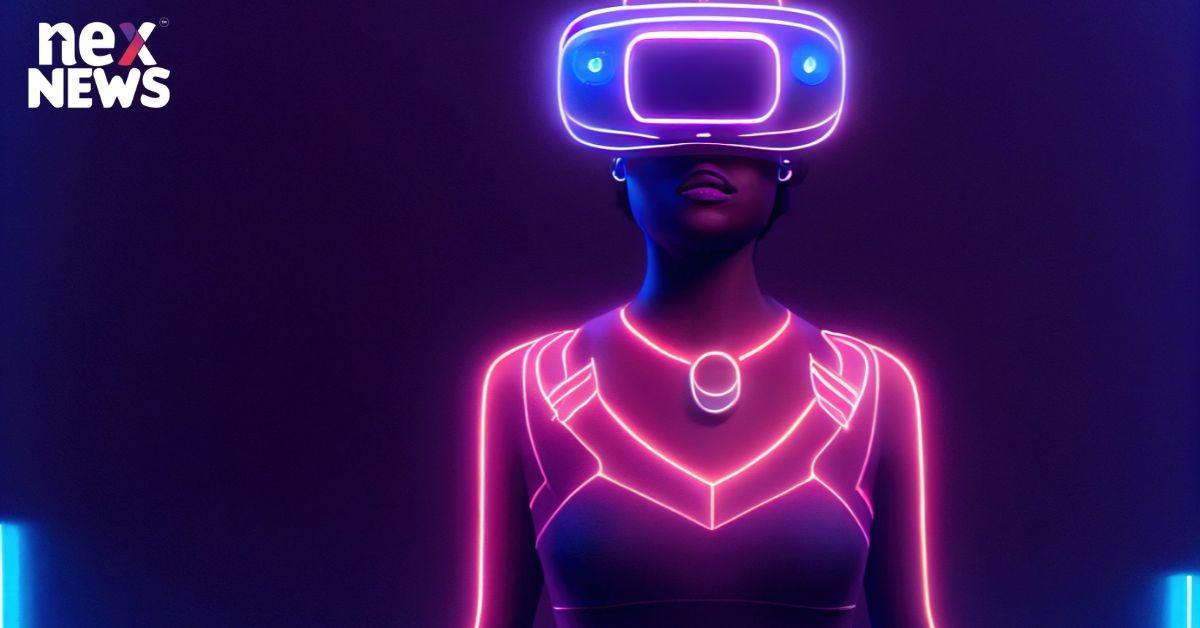Augmented Reality
With the evolving technologies in the market software, developers are invested in creating more and more applications that intrigue the users and provide information and knowledge through advanced means. One such venture led to the trend of augmented reality.
Augmented Reality or AR is at least 25 per cent virtual reality that is superimposed onto the real surroundings to provide the user with some kind of information or entertainment. AR utilizes several virtual elements such as graphics, audio, illustrations, and several other digital elements to enhance and create a virtual environment that is integrated with the real environment.
Mobile AR
From the onset of smartphones in the market, almost every other application is built to cater to the demands of smartphone users and with such a great market the developers have quite a little to lose. Therefore, there are many AR applications which are specifically designed to be operated on smartphones for easy usability and portability.
Multiple mobile application utilizes AR-based visuals to enhance their services and impart better information towards their users. With every application that incorporates AR, the trend becomes more rooted. Furthermore, understanding the ever-increasing benefits of AR such as enhanced consumer consumption and satisfaction, increased engagement, efficient tool for marketing and advertisement, etc. makes AR a good investment in mobile applications.
Some of the best examples of mobile AR are brands using the technology to market their products by giving the users a virtual and 3D appearance of the product in their real surroundings, like makeup brands incorporating AR to show different shades of lipstick or eye-shadows on the user in real-time but virtually. Multiple furniture stores also allow the users to experience the article in the comfort of their homes where the buyer is planning to place the article.
Mobile VR has also enabled developers to use it for an array of functions and in multiple sectors. One such sector is education. Education, in its traditional form, was all static instructions provided by instructors and mediums such as paper. But with evolving technologies dynamic mediums such as online, video, and digital mediums evolved and current educators and researchers are further enhancing the instructing mediums to that of AR-incorporated applications for better understanding and real-time viewing and practising as well as moving the static tradition to that of dynamic and easier understanding. With the widespread use of mobile devices, it is fruitful to create mobile AR applications that can be accessed easily anywhere and everywhere.
With time, mobile AR applications are becoming more advanced and less expensive which is fuelling the use of technology more and more. Mobile AR is available for Android as well as IOS and the availability of such technology provides the users with a spectrum of digital content such as graphics, illustrations, 3D models, texts, images, etc. visualized virtual which is superimposed on real surroundings that can be accessed on demand by the mobile users.
One of the appealing benefits of mobile AR is its portability and affordability. Users do not require to buy expensive and hard-to-manage devices just to experience AR. The AR applications can be enjoyed on smartphones which are easily accessible and highly portable.
In conclusion, mobile AR enhances how users experience their world by revolutionizing the surroundings to inform, educate, and entertain. Its pocket-size portability and features, such as easy affordability, immersion, enhanced media content, integrated reality, group and individual experiences, and flexibility are contributing to the further progression of the technology and becoming a trend as well as a symbolic advancement.

POST A COMMENT (0)
All Comments (0)
Replies (0)